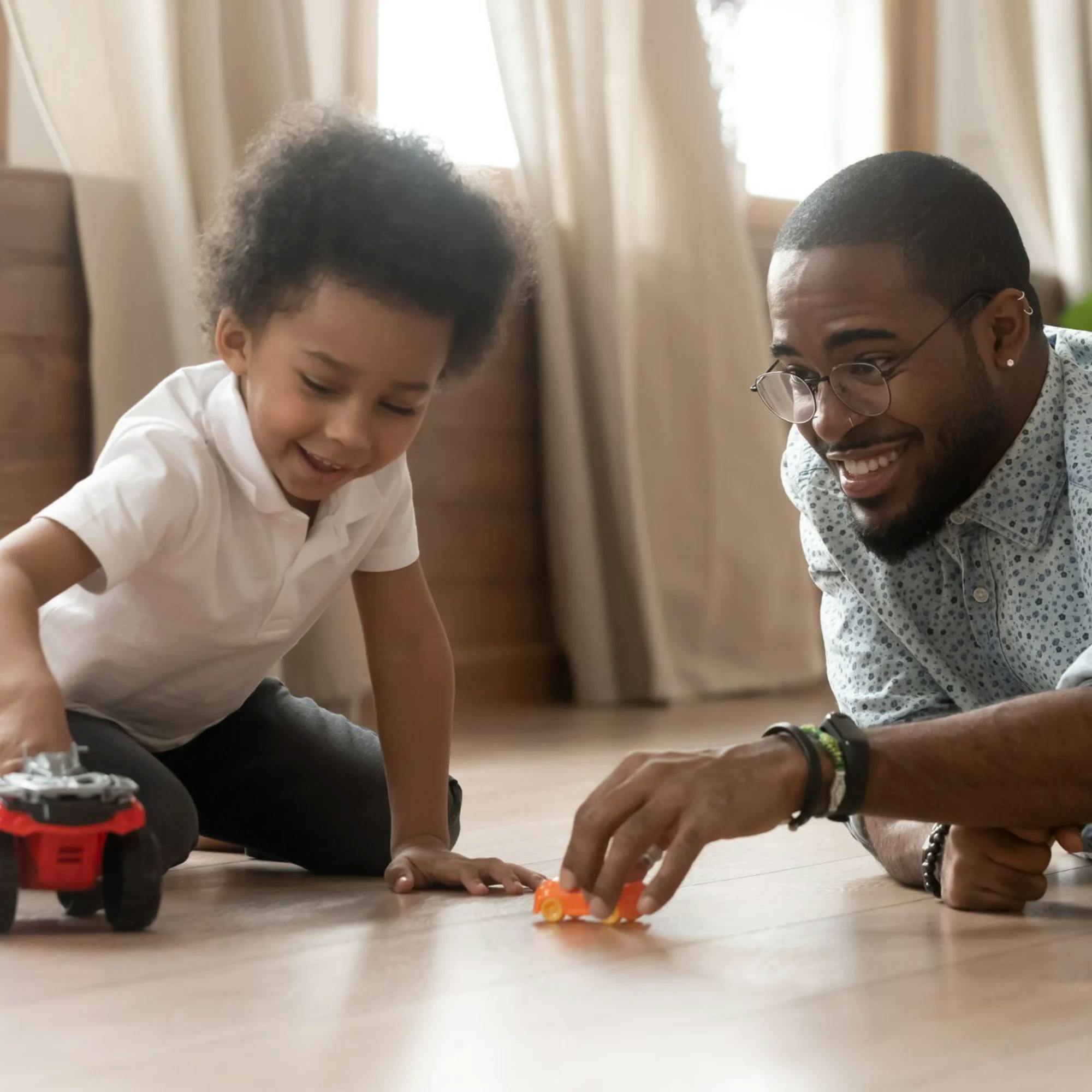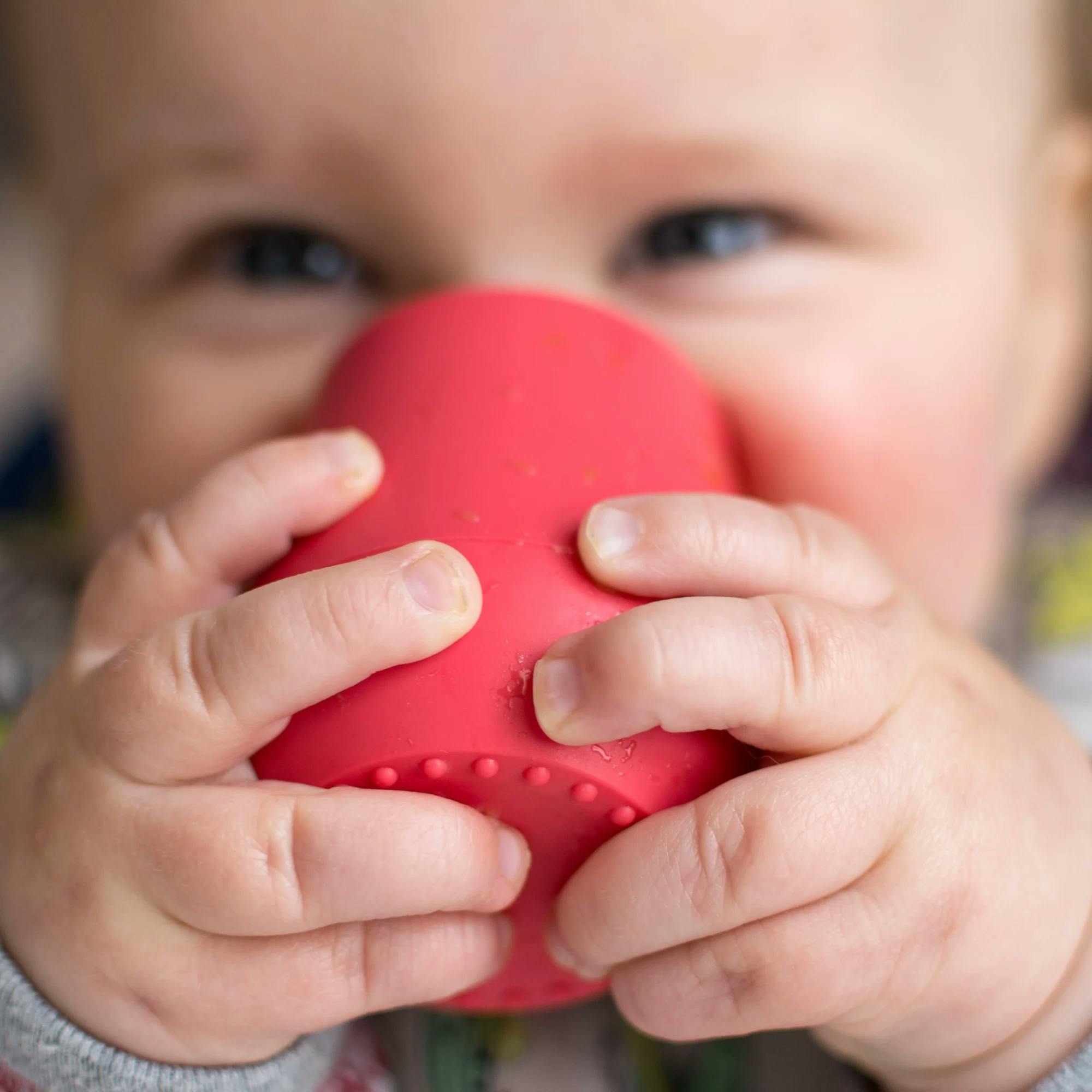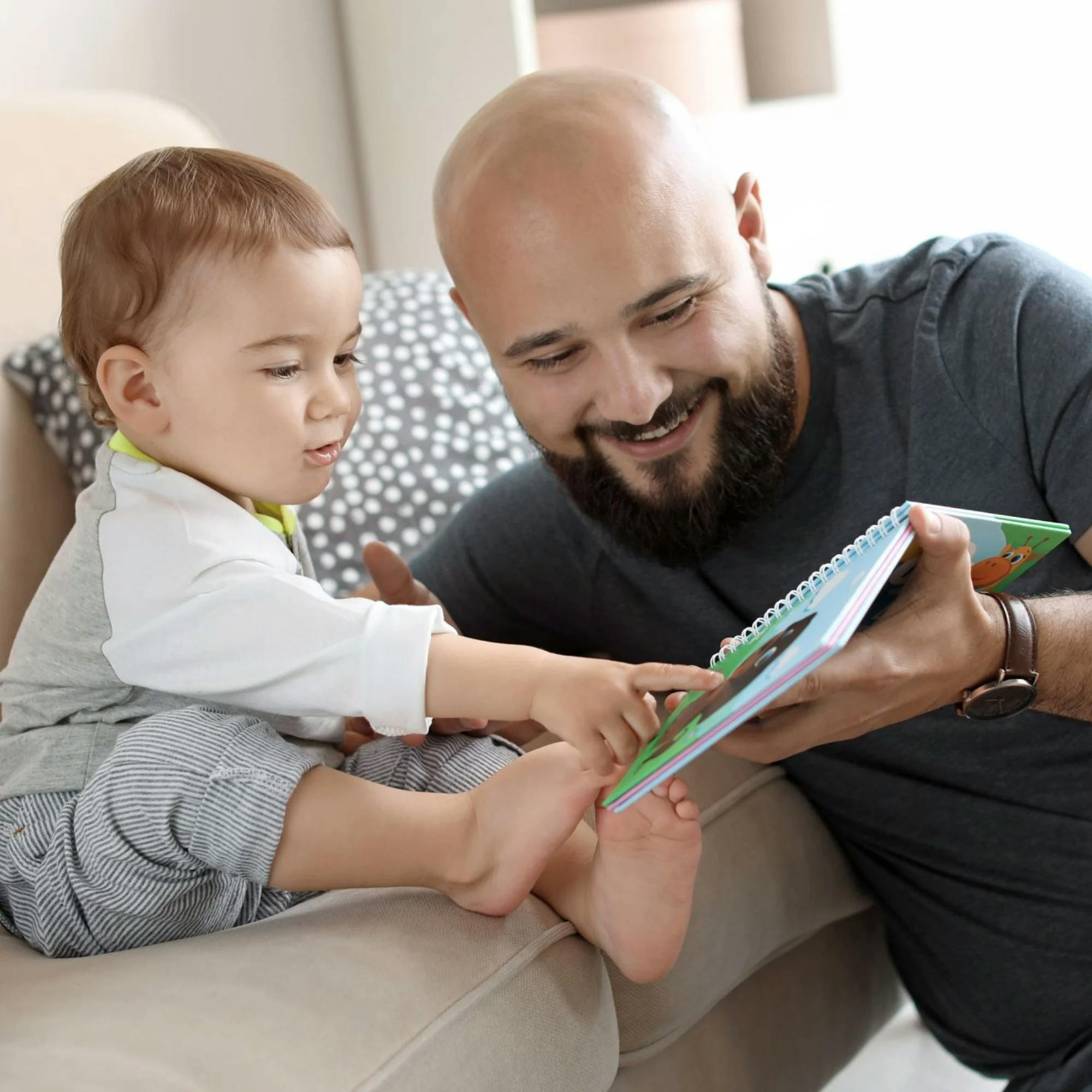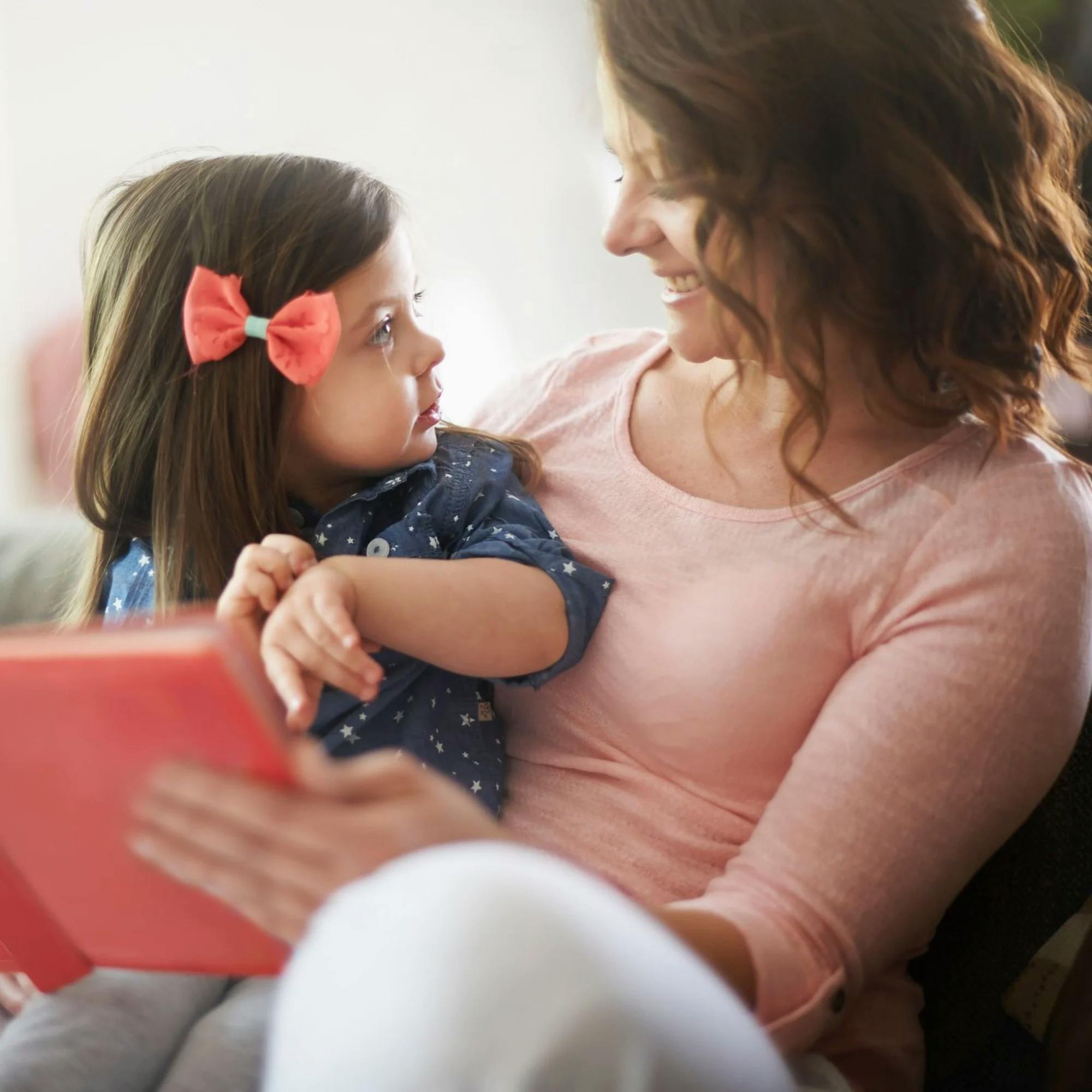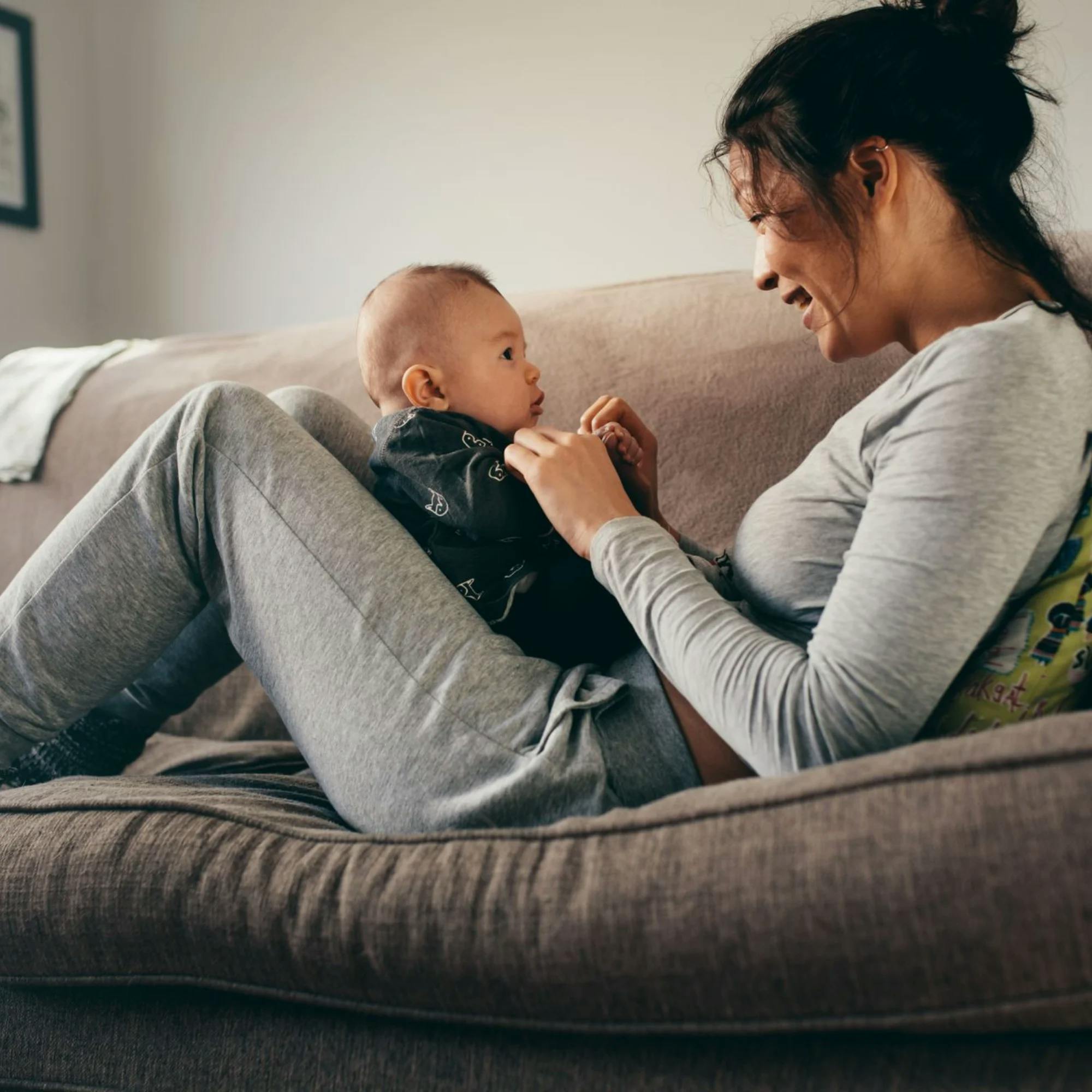
Teach Your Baby to Communicate with Functional Words
 Abby Barnes, M.S., CCC-SLP
Abby Barnes, M.S., CCC-SLP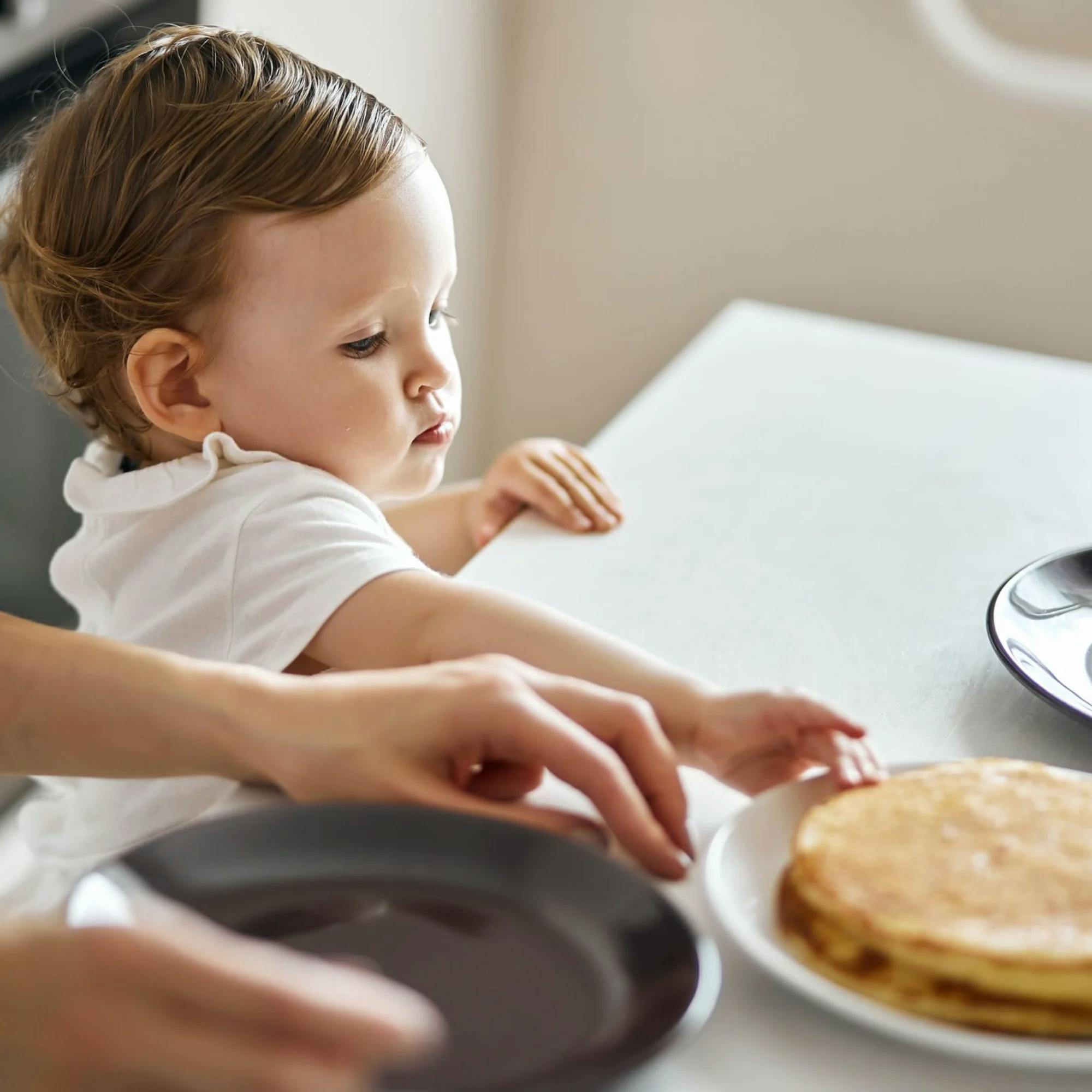
Hearing your child say their first word is a moment you’re sure to remember! It starts with one word, then a few more, and eventually your little one will be chatting up a storm–making requests, asking questions, and commenting on what they see and feel.
But how does a baby get to this point? How does their ability to use words grow? Children begin to truly understand the purpose of communication through the use of functional words. These words are already part of your everyday life, but here’s how to use them in a more purposeful way to help your child learn to communicate.
Curious or concerned?
Our free screener is tailored by age and covers all areas of speech, language, and feeding. Find out if your child might need speech therapy.
 Screener for children
Screener for childrenWhat are functional words, and why are they important?
In their early days of talking, babies typically start by labeling items. Maybe they see you and say, “Mama!” or they spot the neighbor’s pup and say, “Dog!” They’re labeling what they see, which is a good thing! This is exactly how communication begins.
Over time, babies should begin using words for a purpose. This is where functional words come in. Functional words are the ones your child uses in everyday situations in order to express their wants or needs.
Functional words are the ones your child uses in everyday situations in order to express their wants or needs.
While it’s important to learn descriptive words like “big” and “small,” functional words are often the first ones children use to communicate their basic desires. Think words and phrases such as “I want that,” or “hurt,” or “snack.” Functional words can include the names of family members, places your child enjoys going, favorite foods–anything that’s important to them!
Functional words have value, and babies quickly figure that out. They tell you something they need, and then you respond. Children then begin to develop positive feelings about communication as a whole.
Think about it like this. As adults, we know the value of good communication. Maybe you enjoy catching up with your friend at lunch. You feel a sense of connectedness after. Or perhaps you take a much-needed break and stop by Starbucks for your favorite iced coffee. When you tell the barista what you’d like, presto–you receive it a few minutes later!
While these examples may seem a bit basic, they demonstrate the positive rewards humans get from communication. Your baby is learning this in very early ways through their own functional words. This will only encourage them to communicate more and more!


How to teach your child to tell you what they want
Your child learns functional words when you model language for them. They need you to teach them these words and model them frequently. This will encourage them to imitate and eventually use these words independently.
Let’s say your toddler can tell you the word “cup” when they see their sippy cup, but you want them to be able to ask for their cup. Before handing it to your child, say, “Cup?” as if you’re showing them how to ask for it. Wait for your child to repeat after you.
Chances are your toddler may get a little fussy, and they may not initially imitate you. After all, they already know that when they see their cup, they usually receive it soon after! Now you’re adding another step for them to complete before getting what they want. Give your child a few chances to repeat after you before giving them their cup.
You can try this with lots of items! Just make sure it’s something that your child truly wants and will be motivated to ask for.

Helping your child grow their vocabulary
Infants and toddlers begin using words to label. Then they begin to use functional words to request, and eventually to comment. The ability to use words for a variety of purposes in any given moment helps ensure that your child can communicate whatever they need to say.
Let’s say your child sees rain out the window. They want to let you know that it’s raining. In this case, they need to know the word “rain” in order to comment on what’s happening. Or if they see a plane in the sky and want you to look, they may point and say, “Plane!” to encourage you to look at what they see.
Your child’s ability to comment on their observations plays a foundational role in their emerging conversational skills. And to do this, they need a growing bank of vocabulary words that they can use.
Find any opportunity you can to teach your child new words! Talk to them constantly. Narrate or describe what you’re doing. When they encounter a new item, tell them what it is.
Reading is an important–and easy!–way to introduce children to new words. You can’t read enough with your baby! It strengthens your bond with your little one and offers so many language benefits. Even just one book a day can make a difference.

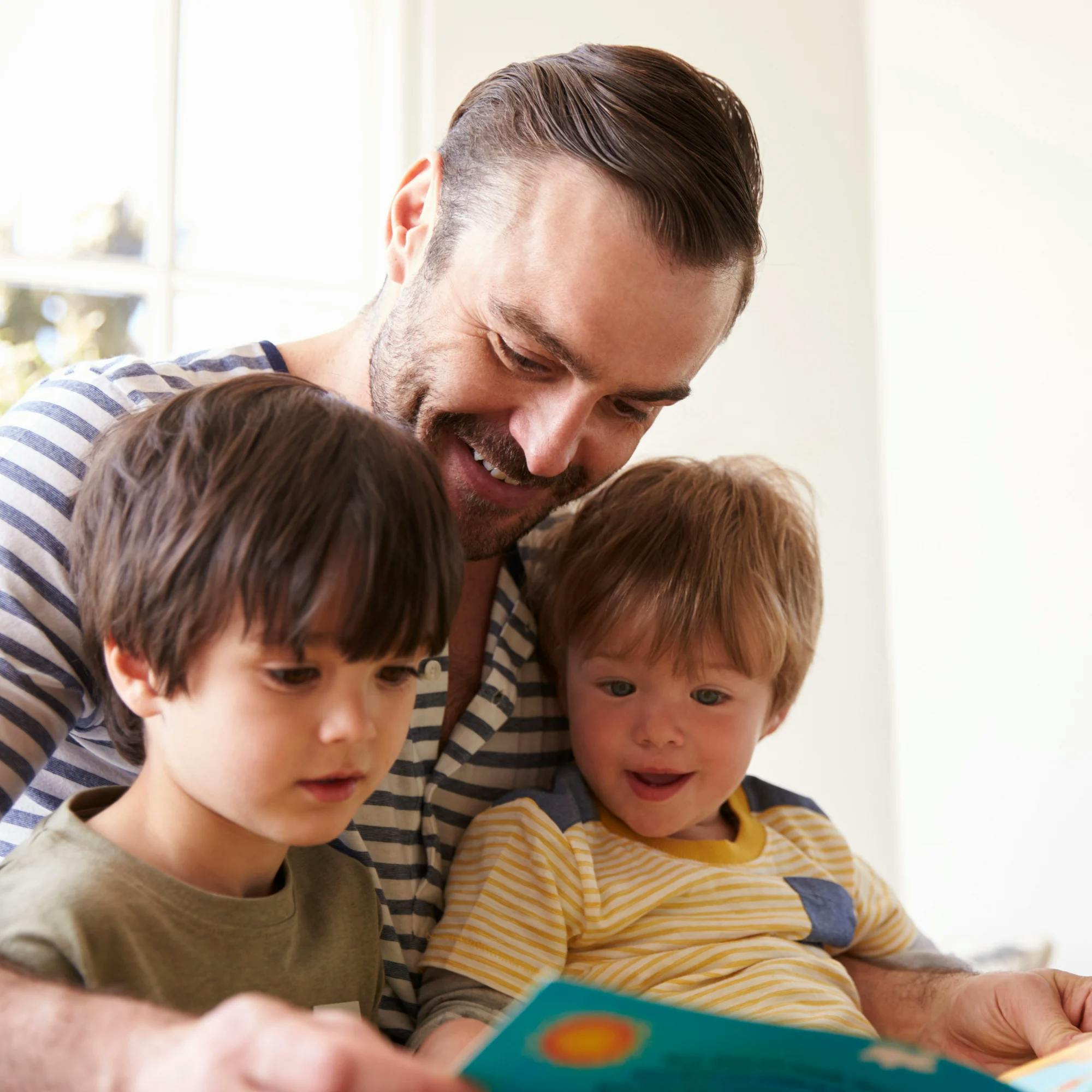
Teaching your child different types of words
When your baby is young, you’re probably more focused on teaching them nouns–words for people, places, and things–so they can label and request items. As your baby grows into a toddler, around the 12- to 18-month mark, you can begin expanding into different types of words. At this stage, toddlers will benefit from learning new action words, like “eat,” “run,” and “sleep,” and descriptive words, such as “big,” “small”, “hot,” and “cold.”
To practice, think of the play activities that your child enjoys. Working vocabulary practice into playtime is a simple and fun way to help grow your child’s receptive and expressive vocabulary. Receptive vocabulary refers to the words that a child understands. Expressive vocabulary refers to the words that a child uses verbally.
If your little one is running around the park, narrate what they’re doing: “Run! You run fast!” If you’re playing together with a toy kitchen, when you open the oven door, tell your child, “Hot! The oven is hot! Don’t touch it!” Or when you’re getting them a cold drink of water, you can say, “Cold! Your water is cold!”
Even the simplest activity can be an opportunity to teach your baby. Over time, your child should start imitating these words and eventually use them on their own. You may have a little chatterbox on your hands in no time!


What to do if your child is struggling
If your toddler is saying words but hasn’t begun using them for functional purposes like requesting or commenting, spend a lot of time practicing. If your child is at least 14 months old and after about a month of practice you don’t see any improvement, it may be time to contact a speech-language pathologist to discuss speech therapy. They can perform an evaluation that will reveal how your child’s language is developing and where they may need extra help.
It may feel like a big step to reach out to a professional, but it’s worth it! Seeking help is the very best thing you can do for your child. Early intervention allows children to get services and support sooner, minimizing the risk of them falling behind–and setting them up for communication success.
How Expressable Can Help
Concerned your child isn't reaching age-expected milestones? Looking for communication support from a professional? Expressable is a national online speech therapy practice serving children and adults. We treat all major areas of communication and feeding, offer flexible hours including evenings and weekends, and accept most major health insurance plans. We’re proud to have earned more than 3,000 5-star reviews from our clients (4.9/5 average).
Our therapy model is centered on parent and caregiver involvement. Research proves that empowering caregivers to participate in their loved one’s therapy leads to better outcomes. That’s why we combine live, 1-on-1 speech therapy with personalized education and home practice activities for faster progress.
Communication is more than words. It’s how we share how we feel and show who we are. We’re here to help you or your child do just that.

